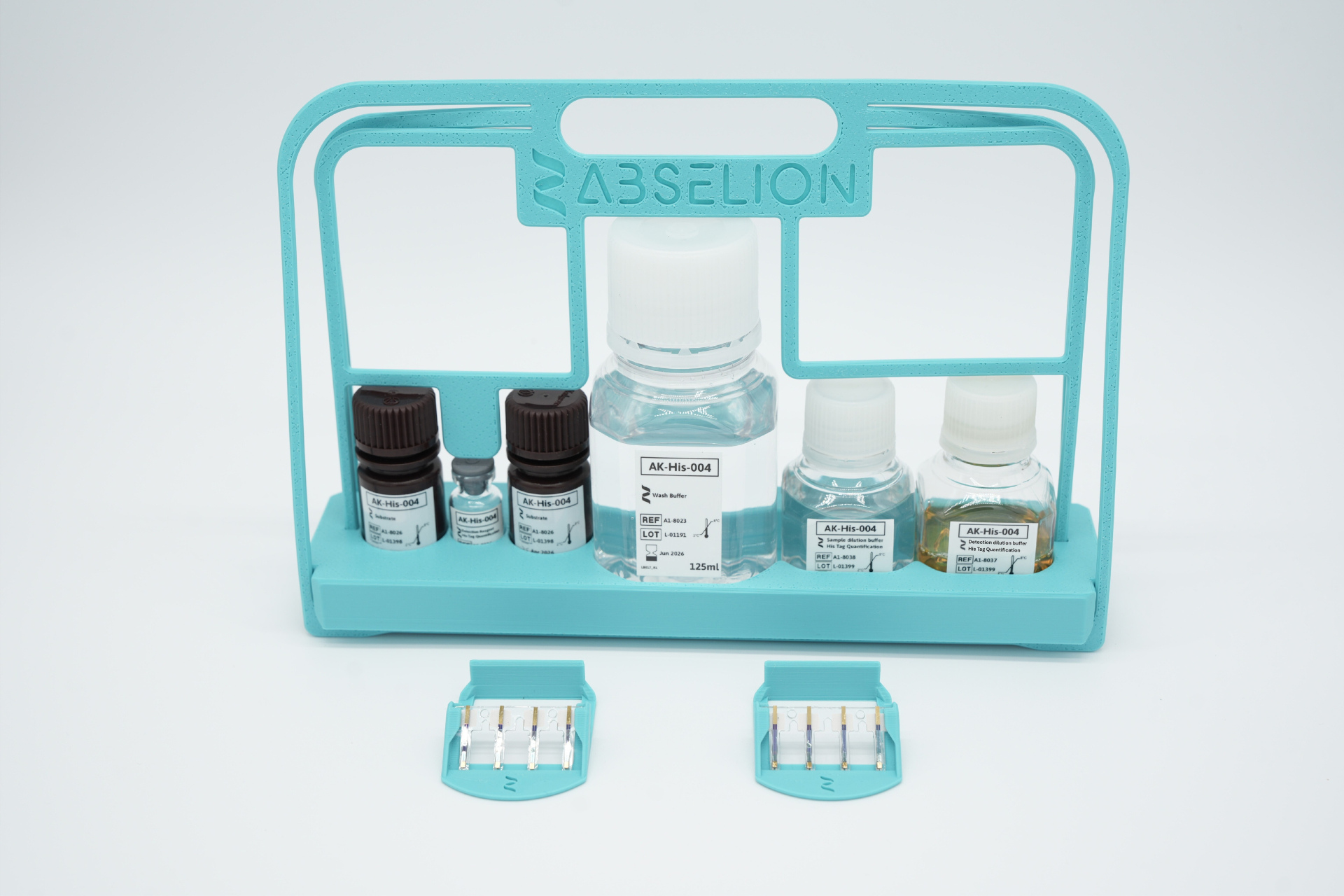Williams Cancer Institute reports success with combined ablation and immunotherapy
Study shows tumour regression with no treatment-related toxicity in head and neck cancer
Williams Cancer Institute (WCI) has presented new data at the 2025 Society for Immunotherapy of Cancer (SITC) Annual Meeting, highlighting the safety and efficacy of combining pulsed electrical field ablation with intratumoral immunotherapy in treating head and neck squamous cell carcinoma (HNSCC).
Jason Williams, founder and director of interventional oncology and immunotherapy at WCI, said: “Our findings reinforce the potential of combining precision-based local ablation with intratumoral immunotherapy to activate an immune response against cancer. The data show that this approach is safe and effective for treating head and neck squamous cell carcinoma and may offer new hope for patients with difficult-to-treat tumours who are not candidates for conventional therapies. Our goal is to continue advancing safer, less invasive and more effective treatment options — whether as a complement to standard of care or an alternative for patients seeking a different approach — and to bring new hope to those facing some of the most challenging cancers.”
The study focused on a patient with advanced HNSCC, an aggressive cancer often linked to tobacco use or human papillomavirus (HPV) infection. Such tumours are frequently diagnosed at late stages and can be difficult to treat with surgery, chemotherapy or radiation alone due to their complexity and location.
In this case, the patient received a combination of pulsed electrical field ablation — a minimally invasive procedure that uses electrical pulses to disrupt tumour cells — and intratumoral immunotherapy delivered directly into the tumour.
The treatment involved four cycles of pulsed electrical field ablation during the first session, followed by injections of an immunotherapy mixture combined with iodinated contrast for imaging visibility and gelfoam slurry for local retention. Additional injections were administered at weeks three and four, and again eight months after the initial treatment.
The combination resulted in substantial tumour regression and a durable clinical response, with no treatment-related toxicity or procedural complications observed. Imaging at 14 months showed marked radiologic and immunologic tumour elimination, and by 22 months, the patient’s disfiguring mass had fully resolved.






